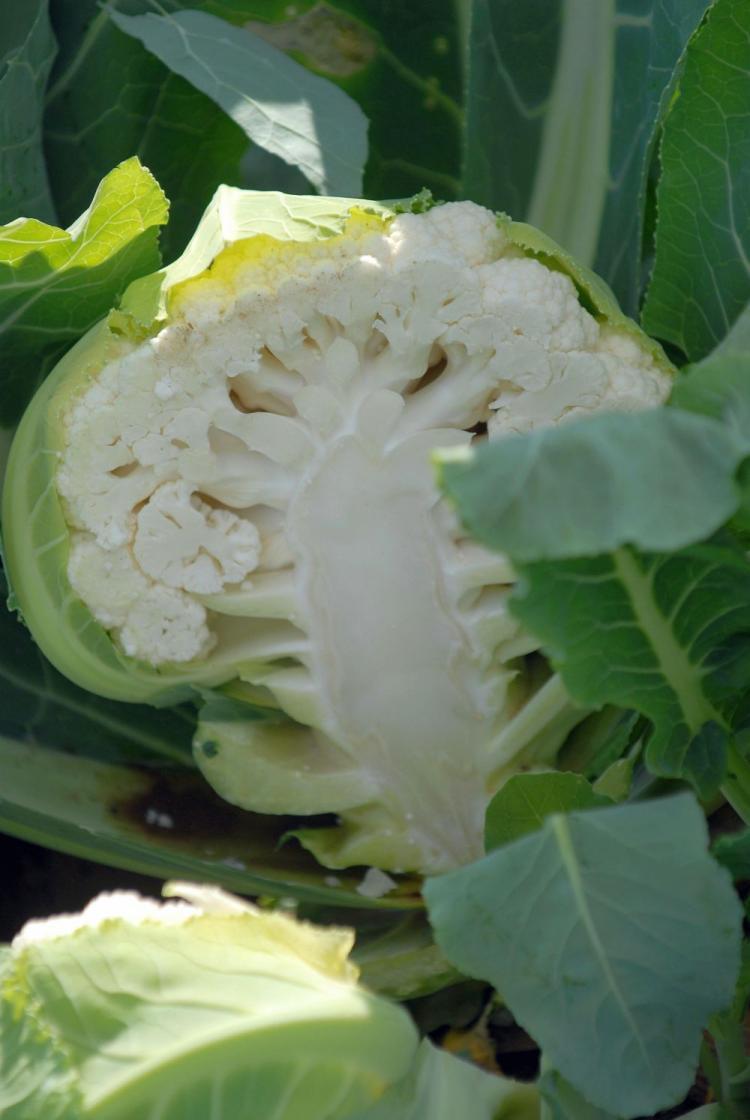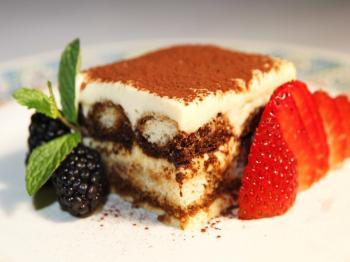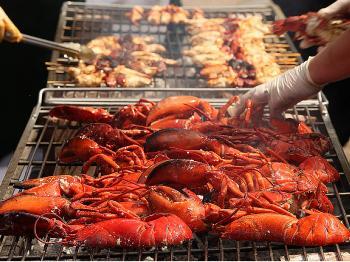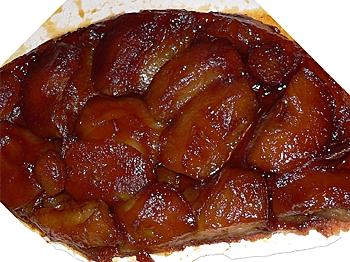Cauliflower, a popular vegetable belonging to the cabbage or cole family, is mainly a cool-season vegetable, although cauliflower plants can be harvested from early spring to late autumn. Other commonly grown cole crops include broccoli, brussels sprouts, collards, kale, kohlrabi, and cabbage. The sweet, almost nutty flavor of cauliflower is at its best from December through March when it is in season and most plentiful in local markets. With globalization, the vegetable is available year-round.
Cauliflower lacks the green chlorophyll found in other members of the cruciferous family of vegetables like broccoli, cabbage, and kale, because the leaves of the plant shield the florets from the sun as they grow. While this process contributes to the white coloring of most of the varieties, cauliflower can also be found in light green and purple colors.
Cauliflower florets are the part of the plant that most people eat. However, the stem and leaves are edible too and are especially good for adding to soup stocks. Cauliflower is delicious, and may be eaten cooked, raw, or pickled.
Between these leaves and the florets are smaller, tender leaves that are edible. It has a compact head and is attached to a central stalk, called a “curd,” usually about six inches in diameter that is composed of undeveloped flower buds. Surrounding the curd are ribbed, coarse green leaves that protect it from sunlight, resulting in the familiar white color of the vegetable.
When purchasing cauliflower, look for a clean, creamy white, compact curd in which the bud clusters are not separated. Spotted or dull-colored cauliflower should be avoided, as well as those in which small flowers appear. Heads that are surrounded by many thick green leaves are better protected and will be fresher. Since its size is not related to its quality, choose one that best suits your needs.
It has been said that cauliflower and other cruciferous vegetables, such as broccoli, cabbage, and kale, contain compounds that may help prevent cancer. Whether or not this is so, cauliflower is a delicious, versatile vegetable that adds nutrition and variety to any meal.
Cauliflower lacks the green chlorophyll found in other members of the cruciferous family of vegetables like broccoli, cabbage, and kale, because the leaves of the plant shield the florets from the sun as they grow. While this process contributes to the white coloring of most of the varieties, cauliflower can also be found in light green and purple colors.
Cauliflower florets are the part of the plant that most people eat. However, the stem and leaves are edible too and are especially good for adding to soup stocks. Cauliflower is delicious, and may be eaten cooked, raw, or pickled.
Between these leaves and the florets are smaller, tender leaves that are edible. It has a compact head and is attached to a central stalk, called a “curd,” usually about six inches in diameter that is composed of undeveloped flower buds. Surrounding the curd are ribbed, coarse green leaves that protect it from sunlight, resulting in the familiar white color of the vegetable.
When purchasing cauliflower, look for a clean, creamy white, compact curd in which the bud clusters are not separated. Spotted or dull-colored cauliflower should be avoided, as well as those in which small flowers appear. Heads that are surrounded by many thick green leaves are better protected and will be fresher. Since its size is not related to its quality, choose one that best suits your needs.
It has been said that cauliflower and other cruciferous vegetables, such as broccoli, cabbage, and kale, contain compounds that may help prevent cancer. Whether or not this is so, cauliflower is a delicious, versatile vegetable that adds nutrition and variety to any meal.






